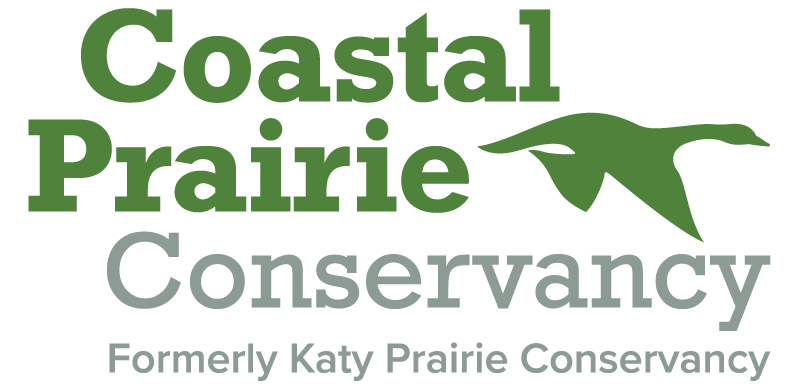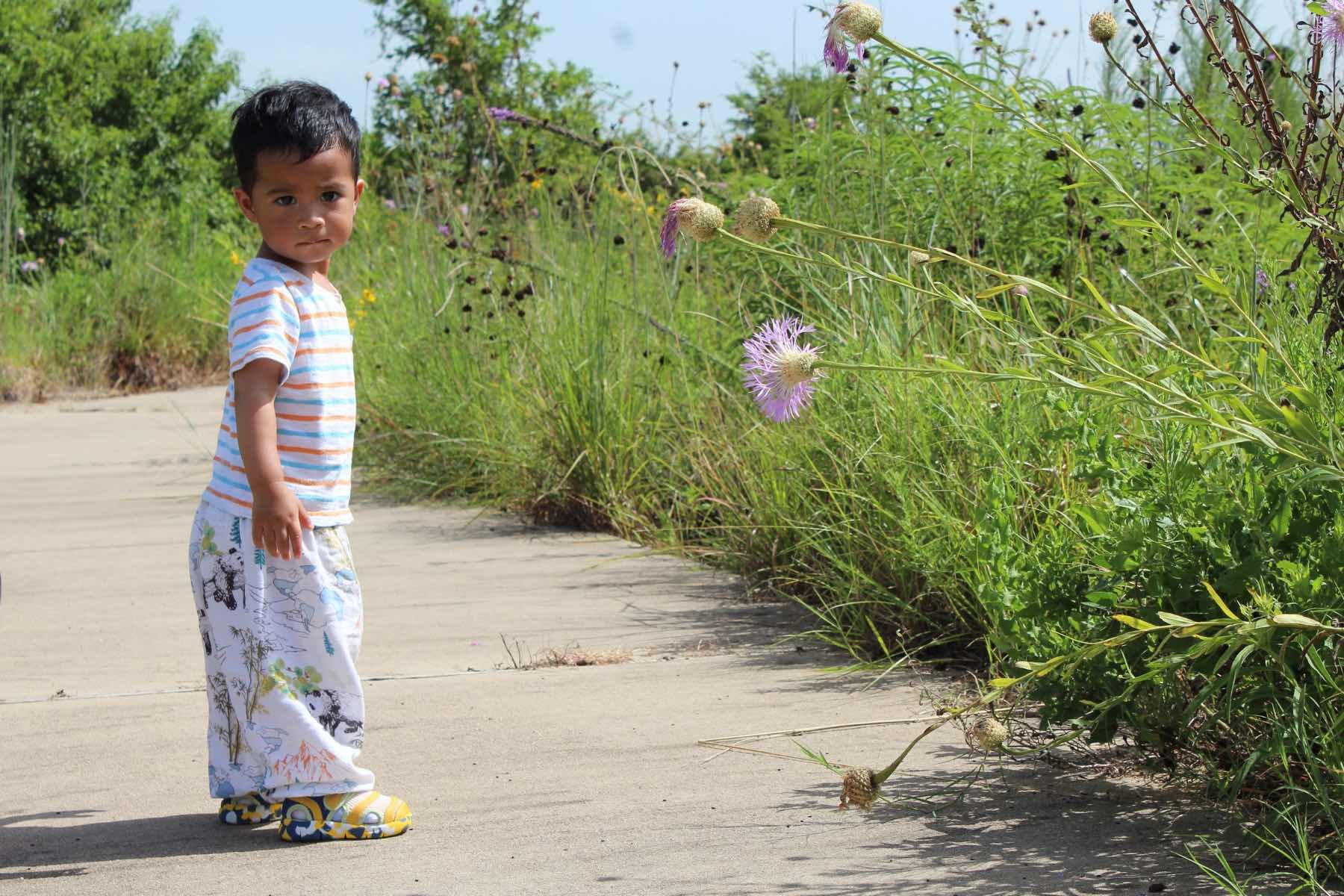How Climate Change May Be Impacting You
Here in Texas, climate change is impacting our region. We can also see these impacts across the country and around the world. Below are some of these impacts described in detail, along with things we can do to slow down the effects of climate change and adapt to its impacts.
Long-billed Curlew
Texas Birds at Risk
Texas birds are facing a future of increasing uncertainty. Development pressure and extreme weather are reducing the number of places where birds raise their young, find food during migrations, and find refuge during flooding, droughts, and extreme cold snaps. According to research from National Audubon, grassland birds, including the eastern kingbird and the long-billed curlew, are increasingly at risk.
Conserving prairies, wetlands, farms, and ranches for wildlife habitat is an important part of the climate solution.
Great Blue Heron
Wildlife Facing Significant Challenges
As climate change drives an increase in Texas temperatures, wildlife face significant challenges. These challenges include a lack of suitable habitat to survive, an increase in pests and diseases, and a decline in water quality.
Some local families and landowners are managing their lands to help slow down climate change. They are incorporating regenerative agriculture, conserving land to create large blocks for habitat migration and ranching, and investing in stream and wetland techniques to absorb floodwaters.
Monarch Butterfly on Horsemint
Monarch Butterflies and Other Pollinators are in Decline
Research by Texas A&M has clarified that monarch butterflies are vulnerable to habitat loss and changes in temperature and precipitation, particularly during their spring and fall migrations. As extreme weather accelerates in Texas, as well as in Mexico where monarchs overwinter, the butterfly populations decline. They are now listed as a candidate for inclusion on the U.S. Fish and Wildlife Service’s endangered species list.
Planting milkweed, the primary food source for monarchs, can help. Milkweed is declining due to herbicides and pesticides, habitat loss, and land management approaches. Prairie conservation and restoration efforts include creating and enhancing habitat for monarchs and other pollinators. You, too, can support local efforts to increase pollinator habitat.
Prairie Wetlands
Clean Water at Risk
Increased temperatures and prolonged periods of drought have resulted in the streams, wetlands, and water resources of our region becoming stressed. Warmer water holds less oxygen, which reduces water quality and increases the likelihood of harmful algal growth.
Sudden, heavy rainfall is also a product of climate change, causing erosion and flooding that contaminate streams and wetlands. These weather extremes impact Texas’s drinking water, as wells and water systems become at risk.
Frozen Dewberry on the Katy Prairie Preserve
Severe Winter Weather on the Rise
You aren’t imagining it. There are times when it seems Texas weather is changing faster than ever before. According to research, severe winter storms and sudden cold snaps are in part a result of increasing climate change.
Scientists believe that the warming Arctic and the rapid loss of Arctic sea ice are weakening the polar vortex—allowing frigid air to reach as far south as Texas.
An article in the Yale School of the Environment quotes Judah Cohen, a winter storm expert for Atmospheric Environmental Research, “It is counterintuitive that a rapidly warming Arctic can lead to an increase in extreme cold in a place as far south as Texas, but the lesson from our analysis is to expect the unexpected with climate change…”
Young Visitor at the Indiangrass Preserve
Texas is Getting Hotter
As the amount of excess carbon dioxide and other climate polluting gases accumulate in our atmosphere, we are witnessing the impact of climate change throughout the year. One of the most noticeable changes is that Texas is steadily warming. As climate change accelerates, the number of 100-degree days is expected to nearly double by 2036 compared to the period between 2000 - 2018. Every county in Texas has seen an increase in temperatures, part of a long-term trend.
Rising temperatures, often coupled with dry winds, mean that the health and well-being of our communities are at greater risk of extreme storms and wildfires. These extreme heat days are putting the elderly, children, and those with health factors increasingly at risk. These temperatures also result in the decline of critical habitat, degraded water sources, and the ability for animals to survive, which puts Texas wildlife at greater risk of extinction.
Cattle Ranching on the Katy Prairie
Farming and Ranching Becoming More Difficult
As noted in the publication, What Climate Change Means for Texas, increasing droughts and higher temperatures are likely to interfere with Texas’s farms and ranches. Hot weather causes cows to eat less, grow more slowly, and produce less milk, and it can threaten their health. Reduced water availability would create challenges for ranchers, as well as farmers who irrigate crops. Yields would decline by about 50 percent in fields that can no longer be irrigated.
Local farmers and ranchers are responding to climate change by adopting new management strategies to reduce water use and limit heat-stress for their animals.
Hunters and Anglers Know Texas is Changing
Hunters and anglers have long been leaders in conservation. They understand, first hand, what it means to care for the land and water on which wildlife depend. That’s why they are taking notice to the impact of climate change on cold water fish, waterfowl health, and deer.
National Wildlife Federation provides insights into what’s driving climate change and how it’s impacting America’s wildlife. According to a poll by the Theodore Roosevelt Conservation Partnership, 72 percent of hunters and anglers believe that climate change is happening, and a majority agreed that climate change will affect their ability to hunt and fish one day. Hunters and anglers also believe that we can positively impact fish and wildlife habitat through human intervention.
Conservation challenges are here. The good news? Texas Parks and Wildlife Department is working to meet these challenges.
Sunflowers on the Indiangrass Preserve
Prairies are Needed Now More Than Ever
Today, only one percent of Texas’s original grasslands and prairies remain. Fifteen to twenty percent of degraded prairies can be restored.
Wide open grasslands are home to birds like the sandhill crane and bobwhite quail. The Texas prairies provide respite and food for millions of migrating birds every year.
The prairie’s deep rooted plants help absorb excess rain from extreme storms and help reduce flooding. By reducing erosion, these prairie plants also enhance water quality and increase ground water replenishment after periods of drought. These same plants play an important role in slowing down climate change by absorbing excess carbon dioxide.









